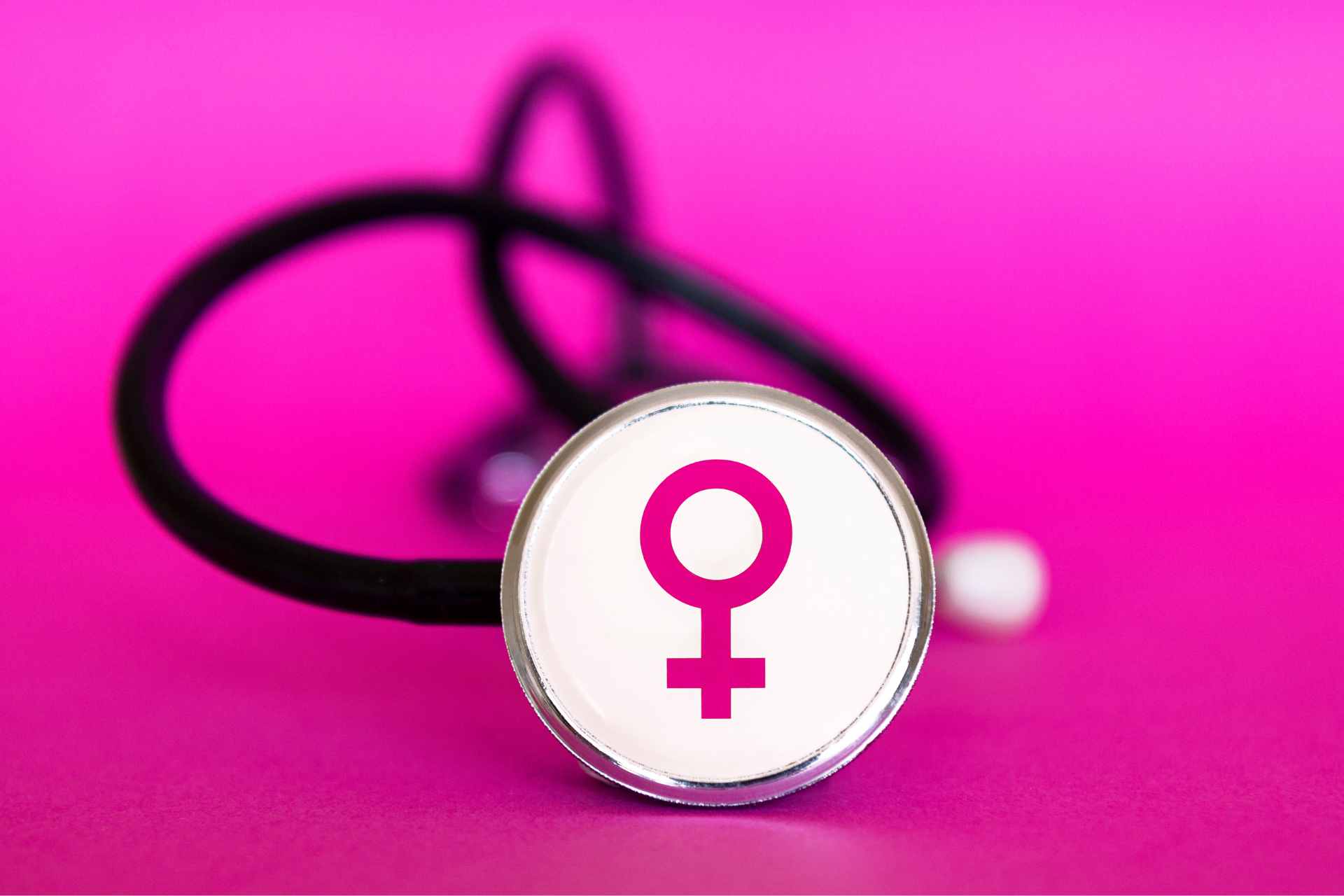Women’s health encompasses more than gynaecology and obstetrics, but also includes specific treatments that support women to live full lives without discomfort, and special formulations for universal conditions that disproportionately or differently affect women. These latter conditions consist of less obvious diseases, particularly heart and autoimmune problems (see Table One). It is essential that there are pharmaceuticals designed and tested with women in mind, say senior analyst Penny Sherlock and senior partner Adam Scott of Mansfield Advisors.

Women represent just over 50% of the population in developed countries and, given the prevalence of conditions such as endometriosis at 10% and the 100% incidence of menopause, there is a high unmet need for pharmaceutical treatments. Despite this, only about 1% of healthcare R&D spending targets this segment.
Depending on the definition, the global women’s drug segment amounts to between US$35bn and US$55bn in size and is generally thought to be growing at around 5% per year. In addition to the US, the UK and Germany are also important markets for the rapid introduction of new drugs due to the extent of private spending.
Market activity
Both private equity and pharma companies have been busy investing in promising women’s health specialists, a few of which are shown in Table Two.

The largest transaction was the acquisition of Myovant Sciences by Sumivant Biopharma for €2.5bn in October 2022. Myovant focuses on uterine fibroids, endometriosis, prostate cancer, and infertility. Myovant developed MyFembree, a once-a-day therapy for the management of pain associated with endometriosis, which was approved by the FDA in August 2022. MyFembree, along with Orlissa by Abbvie, which gained FDA approval in 2018, is a major step forward in the treatment of a condition for which there are very few options.
Another notable transaction was the March 2022 acquisition of Theramex by the Carlyle Group and PAI Partners for approximately €1.4bn from CVC Capital Partners. Theramex is a pharmaceutical business focusing exclusively on women’s health, including contraception, menopause, osteoporosis and fertility, specifically low luteinizing hormone levels.
Merck spun-out Organon in June 2021 and has since acquired platforms in adjacencies to pharmaceuticals within women’s health such as the Jada system, a medical device for control and treatment of abnormal postpartum uterine bleeding or haemorrhage. In 2022 it registered revenues of US$6.2bn with an EBITDA of 33.5‒34.5%.
KaNDy Therapeutics was acquired for US$425m in 2020 by Germany’s Bayer. KaNDy has a drug in late-stage clinical trials. It is a first-in-class, once daily, dual mechanism neurokinin-1,3 receptor antagonist that would be a break-through treatment for common ‘hot flushes and night sweats’, i.e. vasomotor symptoms. This non-hormonal approach is suitable for a much larger patient group. If approved, projections suggest US$1bn in potential annual sales.
The Japanese company, Astellas, is also reported as looking to build a portfolio in the segment.
Remaining independents include Viramal (2013), Fervent Pharma (2011), Consilient Health (2005) and Daré Bioscience (2005). Viramal has an active drug pipeline of five drugs in Phase II or beyond, including one for vaginal health at market authorisation stage.
Fervent Pharma is entering Phase II with its lead compound P-101, a non-hormonal treatment that, in preliminary studies, has been shown to be effective in treating vasomotor symptoms. Consilient Health is a commercialisation partner for products targeting women’s health, with a portfolio of around 30 drugs.
Daré Bioscience has a pipeline of six drugs in phase I or beyond, with a drug targeting bacterial vaginosis developed in collaboration with Organon that has gained FDA approval.
Research activity
The number of clinical trials for major conditions in women’s health (of a sub-set that we analysed) has increased by around 7% from 2004, although trial numbers have suffered in recent years due to Covid-19, as demonstrated in Figure One.

Trials targeting endometriosis have grown the most, from 11 in 2004 to 63 2019, catching up on research efforts for menopausal symptoms. As would be expected, menopausal symptoms have consistently been the most targeted condition as it targets the largest patient pool.
Women’s health pharmaceuticals: the history
The history of pharmaceutical R&D for women’s health has been affected by several major turning points. The earliest was the thalidomide catastrophe. Promoted as diminishing the nausea associated with morning sickness, it was later discovered to degrade an essential protein for foetal development. It caused surviving children to be born with missing limbs and other disabilities. Between 1957 and 1961, around 10,000 children were affected and 40% died before their first birthday.
The pharmaceutical industry reacted to the realisation that drugs could cross the placental barrier and endanger a baby by shifting to running clinical trials without women. The move was made to avoid the risk of undetected pregnancy and any effect from ‘fluctuating hormones’. As such, drugs were tested only on male physiology. In 1977, the US Food and Drug Administration (FDA) issued formal guidance that women of childbearing age should not be included.
For a long time, drugs were approved without knowledge of any specific effect on women, and the development of drugs for women’s health was made more challenging.
In 1985, the UK’s ‘Public Health Service Task Force for Women’s Health’ argued strongly for women to be in enrolled in clinical trials, though it took time to become established practice. In 1993 the US Congress similarly led the way, mandating the National Institutes of Health to include women in trials.
The next controversy began in 2002 surrounding Hormone Replacement Therapy (HRT).
HRT was first introduced in the 1960s, promising to reduce the effects of menopause. HRT usage soared in the 1980s when the FDA approved its use for osteoporosis, not only ‘hot flashes’, and so changed its pattern of usage to chronic, requiring repeat prescriptions. By the 1990s, the HRT market had revenues of around US$2bn. It had become the most prescribed drug type in the US.
Yet a 2002 article by the Women’s Health Initiative reported an increased breast cancer and cardiovascular risk in some women taking HRT. Subsequently there was an 80% decline in global usage for menopausal symptoms.
Further studies quickly determined that the risks were overstated, but so were the purported benefits of HRT. New risk-minimising guidelines were developed, but sales have never since fully recovered. This discouraged investor interest in not just hormonal therapy, but any area where the effect of hormonal fluctuation was not well understood – that is, all of women’s pharma.
Market drivers
A massive factor now driving the market is the growth of patient support and activist groups.
Patient advocacy and involvement has highlighted the need for more research into conditions such as endometriosis, Polycystic ovary syndrome (PCOS) and debilitating menopause symptoms. Researchers and companies have taken note and begun investing in research for pharmaceuticals and diagnostics, which will help with development of new therapeutics.
The increase in patient interest and the growing public conversation surrounding women’s health conditions (of a subset we investigated) can evidently be seen in the increase in Google searches, as shown in Figure Two. The condition that has seen the greatest increase in search activity is PCOS, with the number of searches jumping significantly in 2020.

Menopause has captured an audience beyond those that directly suffer from it as the wider impact on society and the economy has come to light, with estimates putting associated global productivity losses at €150bn.
This is being translated into a burgeoning occupational health market aimed at supporting women through the menopausal transition.
Looking ahead at women’s health
The market for women’s health therapeutics is expected to grow over coming years, with success for players such as Myovant and KaNDy potentially drawing larger pharma companies into investing more in R&D for women’s health conditions. The market will be self-reinforcing with a cycle of more research leading to more drug candidates and commercialised products, creating more funding for more research, in turn leading to more drugs on the market.
The development of therapeutics will work alongside that of improving diagnostics, from improved services and technologies, with more people having access to a diagnosis.
Many therapeutic areas are at ‘tipping points’, such as endometriosis, for which two drugs targeting the associated pain were released in 2018 and 2022. Non-hormonal drugs for menopausal symptoms also have the potential to revolutionise treatment for millions of women, with KaNDy Therapeutics’ NT-814 leading the charge.
It is an exciting time for pharma companies, both broad and specialised, that are investing in the women’s health therapeutic area, as well as the investors backing them. But more importantly, it is an optimistic time for women who, for the first time, can look forward to their own specific needs being treated as a priority.








